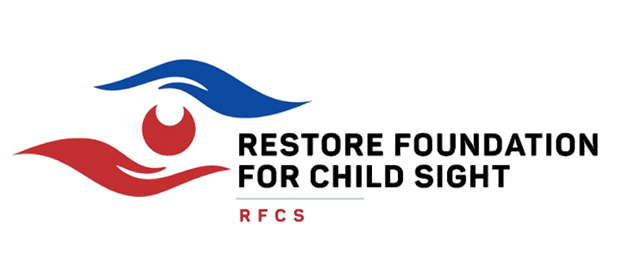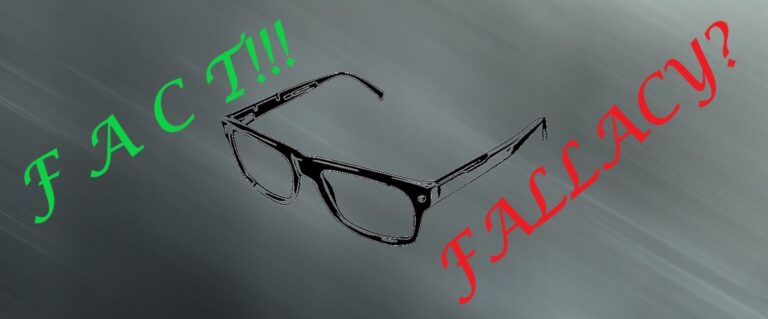Lazy Eye
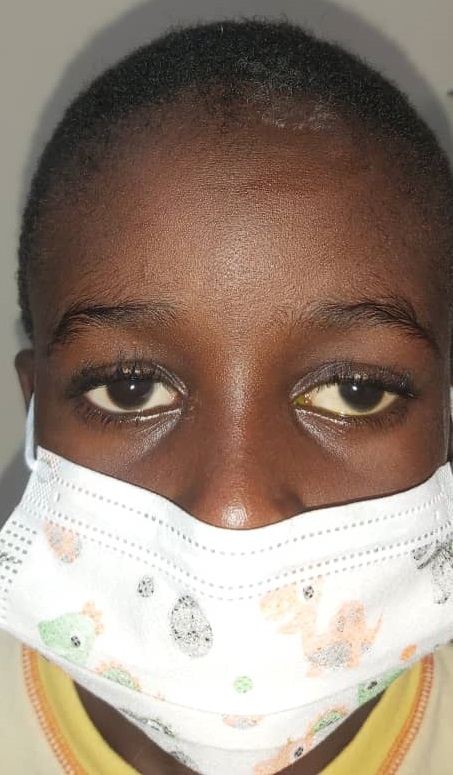
This is known as amblyopia in medical terms. A lazy eye is one that has less than normal vision due to abnormal visual development. This occurs because of defective communication between the brain and the affected eye, such that the nerve pathways between the eye and brain sort of degenerate and become functionally deficient. The result is a lazy eye which has much reduced vision compared to the better eye, and sometimes has a tendency to turn in or out (squint). This occurs because the brain no longer keeps the eye in alignment with the fellow eye. Lazy eye occurs in childhood.
Causes of lazy eye
- Refractive error. When the refractive state of the eyes are widely different from each other, irrespective of the type, the eye with the worse error may become a lazy eye. This however does not happen rapidly. There is usually a few years within which if adequate spectacle power is used, lazy eye does not result.
- Structural Eye disease. Diseases which result in the eye being unable to see images clearly will result in a lazy eye. These include anything that can potentially obstruct light entry in to an eye, such as a corneal scar (on the front surface of the eye), cataract (in which the natural crystalline lens is cloudy), diseases of the optic nerve (such as with developmental defects or glaucoma), any bleeding in the back of the eye, structural problems with the retina such as detachment, any mass within the eye such as with some infestations (toxocariasis), cancers (retinoblastoma), abnormal developmental remnants in the eye. These sorts of structural problems rapidly result in amblyopia.
- Squint. This is a situation in which the two eyes are not aligned and as a result, cannot cooperate. Hence, the weaker eye may then develop into a lazy eye and tend to deviate (turn in or out) more often.
- High refractive errors in both eyes. In this situation, the images from both eyes are unclear and as a result, both eyes become lazy or amblyopic. This occurs in children who are very highly myopic or very highly hyperopic or astigmatic.
Symptoms of a lazy eye
- Random wandering of an eye
- Habitual shutting of one eye
- Bumping into objects on one particular side.
- Blurred vision
- Double vision
- Poor perception of depth
How to detect lazy eye
The above symptoms come on when lazy eye is already well established. For early detection, regular vision and eye checks for children is required. Ideally, children should get an eye check at 6months of age (earlier in the event of any symptoms noticed), then again at 3years before commencement of school. Thereafter every year until adolescence. Significant discrepancy between the vision in the 2 eyes can be quickly detected and addressed as required to treat it.
Treatment of lazy eye
This is done by way of one or combination of several options
- Spectacle use: The sharpening of the image in the weaker eye strengthens it.
- Patching therapy: in which the better eye is patched over for a number of hours daily. This forces the brain to connect with the weaker eye, building its vision pathways.
- Eyedrops: to achieve sharpening or weakening of the weaker and the stronger eye respectively.
- Vision therapy. More recent method thought to be effective involves the use of advanced technology with a headset which allows watching of videos in 5G technology to rapidly build vision.
- Surgery. This is applicable to those whose misalignment has led to one eye being weaker. Squint surgery restores alignment and binocularity.

Spectacle Use 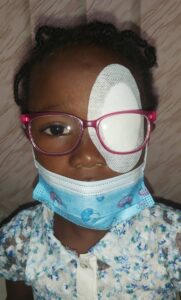
Patching Therapy 
Eye Drop 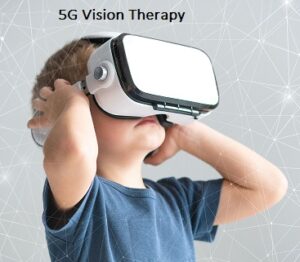
5g Vision Therapy 
Surgery
Summary
Lazy eye occurs in childhood as a result of abnormal visual development between the eye and the brain. There are effective measures to restore a lazy eye especially if detected and treated early. Routine eye checks are important for early detection. Late detection or treatment can lead to permanent low vision.
